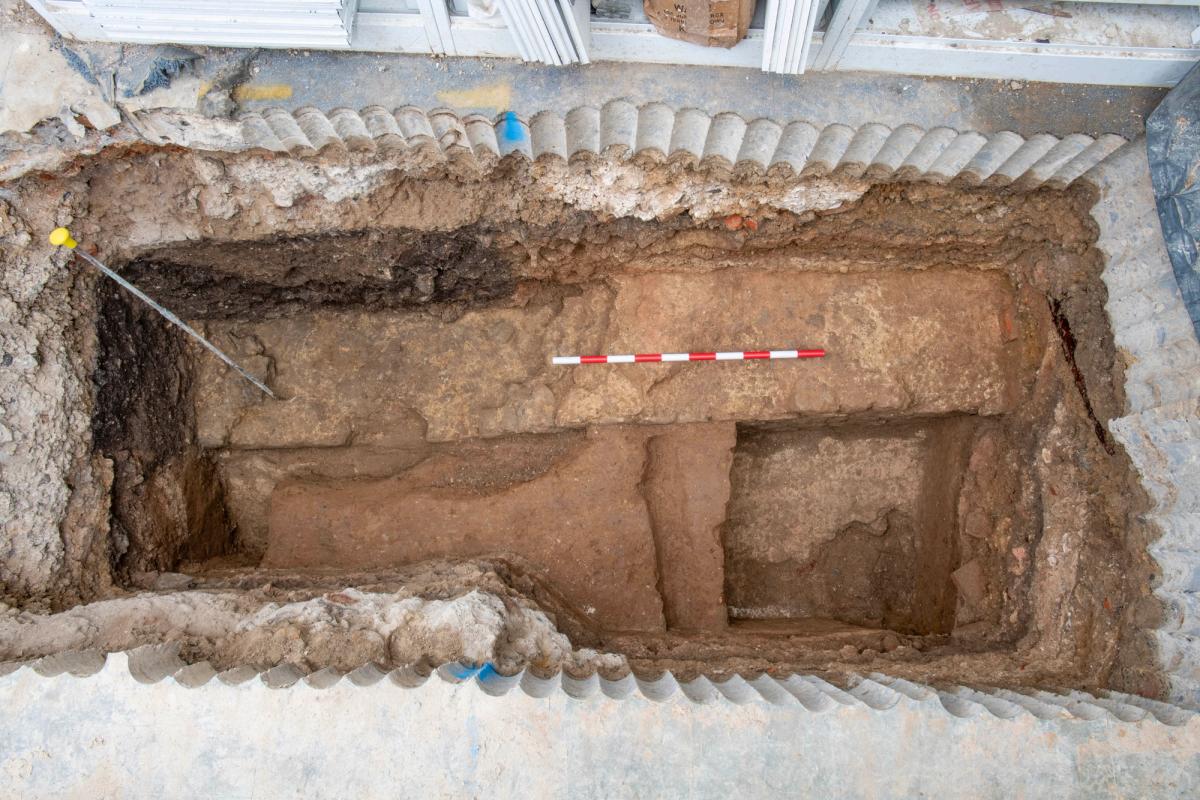Archaeologists have discovered part of an ancient Roman basilica under an office block in London. The 2,000-year-old ruins, once a public building where major political, economic and administrative decisions were made, were found underneath 85 Gracechurch Street, a commercial office close to Bank tube station and London Bridge, which is due to be demolished.
Specialists from Museum of London Archaeology (MOLA), an archaeology and built heritage practice, found the base of the basilica last year. The building, which would have been two-and-a-half storeys high, was at the heart of a social, political and commercial hub in Roman London, with a courtyard about the size of a football pitch.
“This building will tell us so much about the origins of London, why London grew and why it was chosen as the capital of Britain. It's just amazing,” Sophie Jackson, from the Museum of London Archaeology, told the BBC. “It's the place you came to do business, to get your court case sorted out, it's where laws were made, and it's where decisions were made about London, but also about the rest of the country.”
The site’s developers, Hertshten Properties, have revised their development plans to include a public exhibition and event space in partnership with the heritage body Historic England. “As a result of the discovery we have been working with the site developers and architects (Woods Bagot) to revise plans for the development to incorporate the archaeological remains. This will include a basement level public exhibition and event space which showcases the remains. These are now being submitted as part of a new planning application,” says a MOLA spokesperson.
The original planning application for the redevelopment was approved in 2023; the remains were subsequently discovered mid 2024. “However, it has taken some time for revised plans for the development to come to fruition, hence why we are now publicising this story,” adds the spokesperson.
London continues to give up its Roman secrets. Last year a Roman oak bed was excavated along with a wealth of other well preserved finds spanning many centuries by MOLA archaeologists working in advance of a huge office development at Holborn Viaduct.


